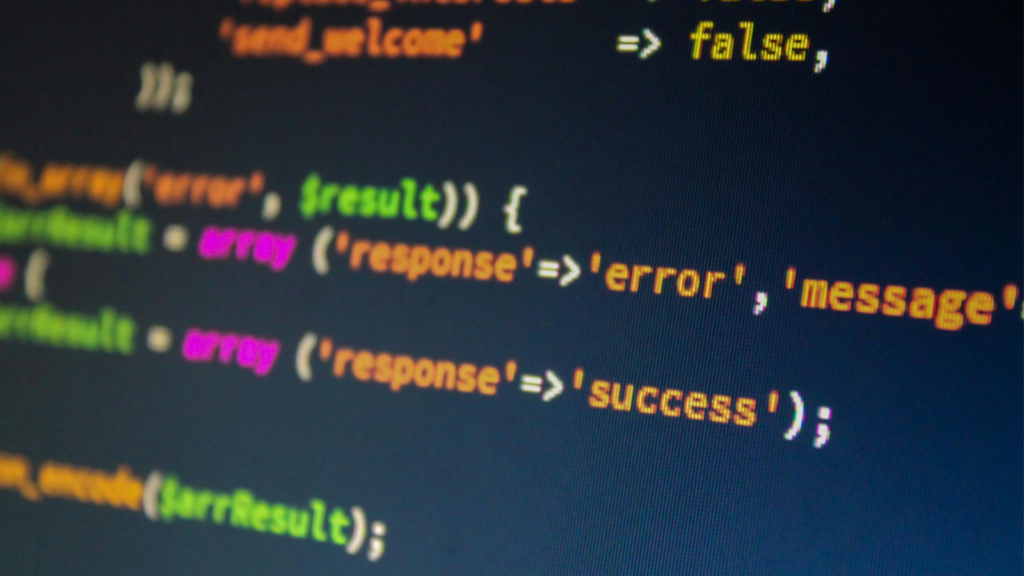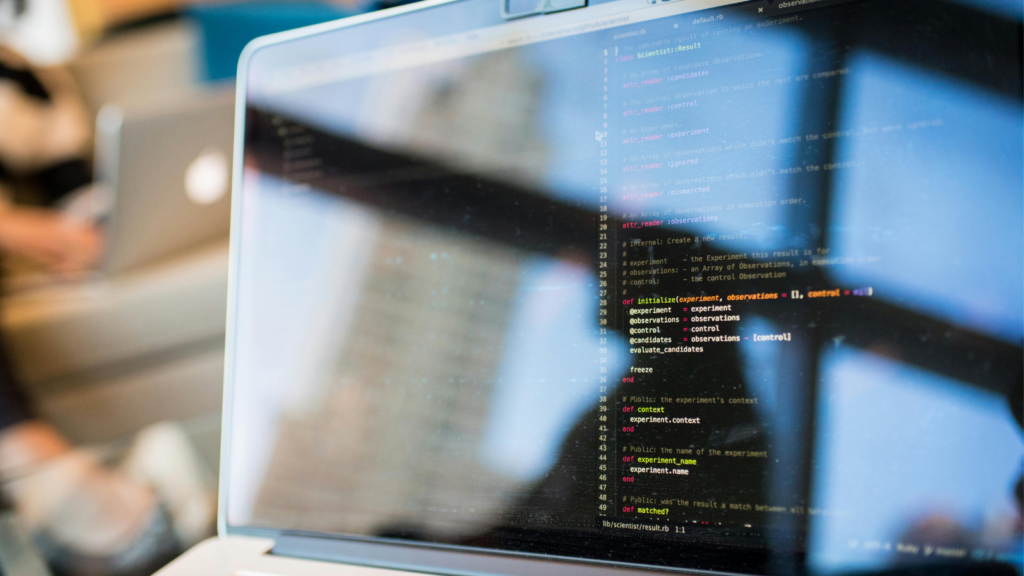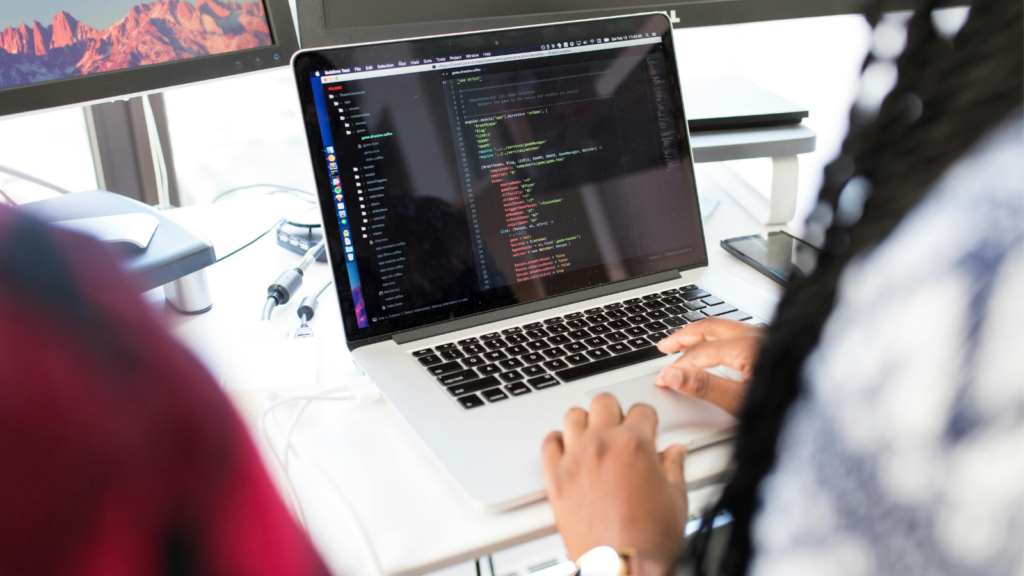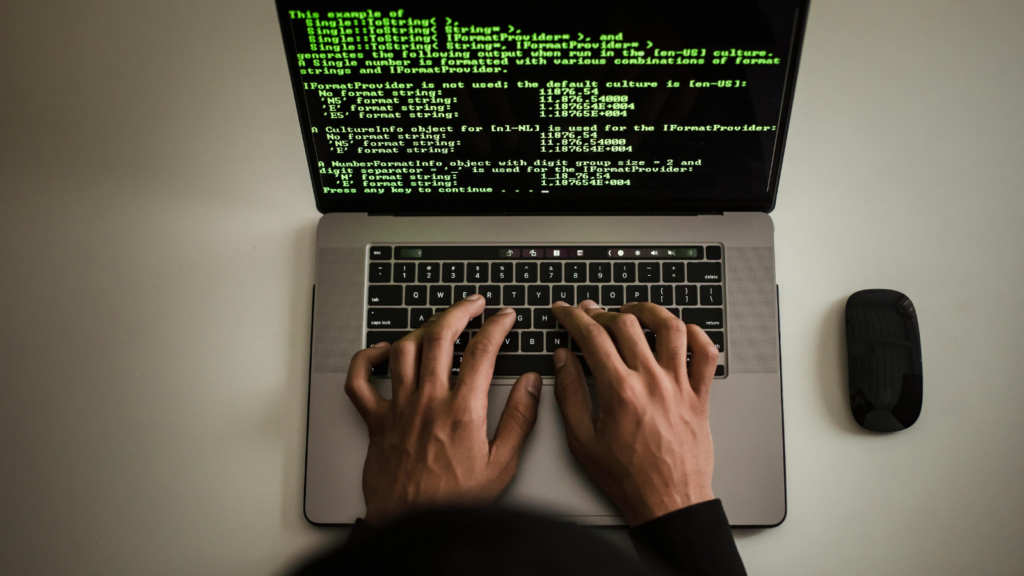Dive into the dynamic world of Python GUI development, where creativity meets functionality. As the popularity of Python continues to soar, it’s becoming increasingly important to understand its capabilities beyond just scripting and web development.
Stay tuned as we unravel the intricacies of Python GUI development, shedding light on its importance, key libraries, and how it’s reshaping the way we interact with software applications.
Python GUI Development
Why Choose Python for GUI Development?
As an interpreted language, Python provides immediate feedback on the programmer’s code. She isn’t required to compile the entire program to debug it, thus saving time, and minimizing the chance of errors.

Python spins a wide variety of libraries, many targeted at graphical user interfaces (GUI). A noteworthy example is Tkinter, Python’s standard library for GUI, being an inbuilt tool, it allows developers to create simple, yet effective interfaces with relative ease. Other popular libraries include PyQt or wxPython, each with unique features and advantages.
Furthermore, Python’s consistent syntax and readability make it an ideal language for novice programmers. It supports programmers to understand the code and modify it, enhancing collaboration amongst distributed teams.
But a significant convincing factor lies within the Python community. Its active, rapidly growing community means a widespread of resources and third-party libraries are readily available for assistance.
Getting Started With Python GUI Tools
Installing Python and GUI Libraries
Installation initiates the journey. Python, a high-level and versatile language, can be installed on almost all types of OS. Following installation, prominent GUI libraries can be installed via Python’s built-in package manager, pip.

- Install Python: Developers can download the latest Python version from the official site of Python, python.org. Installing Python on a system, irrespective of Windows, MacOS, or Linux, involves downloading the correct installer and proceeding with the on-screen instructions.
- GUI Libraries Installation: Each Python-powered GUI library has a unique installation process. Tkinter, the standard Python GUI library, comes pre-installed with Python. For PyQt, developers can run pip install PyQt5. Similarly, for wxPython, execute pip install wxPython command in the terminal.
The installation process, in the majority of instances, completes without hitches if Python and pip are correctly installed.
Setting Up Your Development Environment
Post-installation, setting up the development environment requires careful attention. While Python comes with its IDE, named IDLE, other popular IDEs, viz., PyCharm, Jupyter, and Visual Studio Code, offer more tools and features to support Python GUI development like debugging, code linting, etc.

- Select an IDE: IDE selection hinges upon personal preference and project requirements. For beginners, Python’s IDLE might suffice. Advanced developers may opt for PyCharm or Visual Studio Code for a more comprehensive toolset.
- Configuring the IDE: On IDE installation, Python interpreter needs to be configured within the IDE. It’s typically found under settings or preferences. Post configuration, the IDE recognizes the libraries installed via pip.
With Python, necessary GUI libraries, and the development environment set, delving into Python GUI Development becomes a more efficient process.
Key Concepts in Python GUI Development
Understanding Event-Driven Programming
Event-driven programming reigns as an integral concept in Python GUI development. In this programming paradigm, computer programs respond to events such as user clicks, key presses, or mouse moves. For example, in a GUI application, if a user clicks a button (the event), the program executes a specific block of code (the event handler).
Widgets and Controls: The Building Blocks of GUIs
Widgets and controls epitomize the building blocks of GUIs. GUI elements like buttons, text boxes, labels, sliders comprise these widgets and controls. Widgets act as interactive elements. Knowing how to create widgets and control their arrangement significantly affects the usability and look of the application. For Python GUI development using Tkinter, PyQt, or wxPython, mastery over widgets and controls proves beneficial for creating attractive user interfaces.
The Intricacies of Python GUI Development
Python GUI development is important. It’s the key to creating interactive applications that respond to user actions. This is made possible through event-driven programming and the use of widgets and controls. This knowledge will be your stepping stone to creating efficient, responsive applications that meet your users’ needs.
